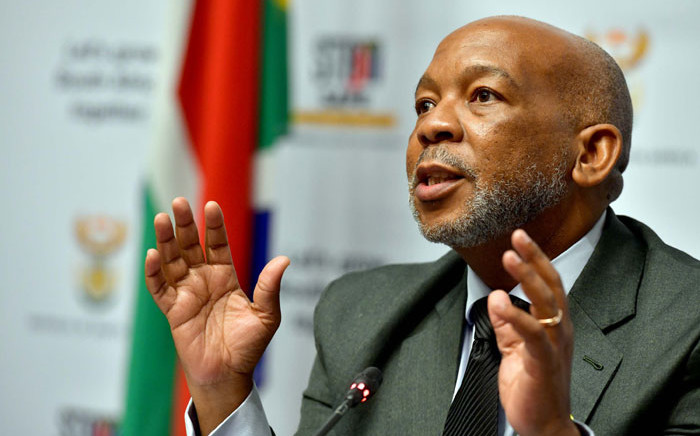- South Africa’s Electricity Minister in the Presidency, Dr Kgosientsho Ramokgopa, said on Sunday that Eskom was ramping up power cuts to replenish emergency reserves.
- This comes as the state-owned power entity announced it was implementing Stage 3 load shedding on rotation until Wednesday to replenish emergency reserves in preparation for the week ahead.
- Unplanned outages are currently at 16 264MW of generating capacity including delays at Lethabo Power Station.
- The capacity out of service for planned maintenance is 6 606MW.
- This means that around 60% of Eskom’s 14 coal power stations which have a collective generation capacity of just over 38000MW is out of service.
The ministers’ appointment is largely believed to be an electioneering move by the country’s president, Cyril Ramaphosa. Each week Ramakgopa delivers a different populist ‘positive’ spin on the country’s energy crisis largely brought about by the incompetence and corruption of his own party, the ANC. Ramokgopa has no authority or mandate to procure much needed new generation energy capacity. He is literally an electricity minister with very little power. Read more
Delivering his weekly update yesterday, Ramokgopa said that the latest ramp up of blackouts is because Eskom lost a “cluster” of units from different power stations across the country, amounting to over 2 700 megawatts (MW), shy of three stages of load shedding. “And if we had not experienced that, of course, you would not be seeing the kind of intensity of load shedding that we are experiencing,” the Minister explained.
Related news: solar PV boom incoming in South Africa regardless of unrealiable coal power life extention
Meanwhile, he said that the return of Units 1 and 3 in Kusile Power Station has been significant. “As big units return, when you see the kind of cluster of failures that we’ve seen, the intensity of load shedding is not as acute. Of course, we’re on Stage 3 [load shedding]and that’s the highest that we have experienced. But what Unit 1 and 3 have done is to create an additional buffer and why it’s important that Unit 2 and 5 also return.”
On the other hand, he said this kind of failure of generating units has resulted in the continued burning of diesel and open-cycle gas turbines (OGGT) running on stream. “That’s something that we haven’t done and avoided over the past four or five weeks before the last two weeks. We’ve been burning very little diesel and preserved that and ensured that we rely on the ability of the units on their own to give us the megawatts that are required.
“That’s why the media statement that went out by Eskom today is to say to say we want to build that emergency reserve because we have depleted them.”
Eskom, according to Ramokgopa, did not anticipate the extent of the current breakdown. “Failure will be given in any engineering component. But I think what has been the major issue here is the clustering of this failure.”
However, he was optimistic that the five units would return by tonight. This includes units from Duvha, Majuba and Lethabo power stations. “This messaging is a function of our ability to keep to these timelines. And of course, you can see that some of them were already delayed but we are confident about their ability to bring these units back on stream to ensure that we’re able to address this situation.”
Unit 1 at Koeberg Power Station was successfully synchronised to the grid on Saturday, after almost a year. Eskom said this was the longest outage in the history of the power station during which the original three steam generators were successfully replaced by three new steam generators. Read more
Once Unit 1 is considered stable, Unit 2 will be taken offline to have its steam generators replaced. “The expectation is that it must return back to service on time. But if you had to draw from the experiences of Unit 1, it doesn’t give us that degree of confidence and that’s why there’s that discussion that we have with the management.
“We expect the second synchronisation to happen on the 2nd and 3rd of December. And then that’s when I’m sure that we will be able to take out Unit 2 for the kind of attention that is required so that we’re able to meet the licensing requirements.”
Meanwhile, he told the media that government was moving with speed in policy issues and giving certainty to what will constitute South Africa’s energy mix, transmission intervention and additional generation capacity expected end of December this year.
Author: Bryan Groenendaal















